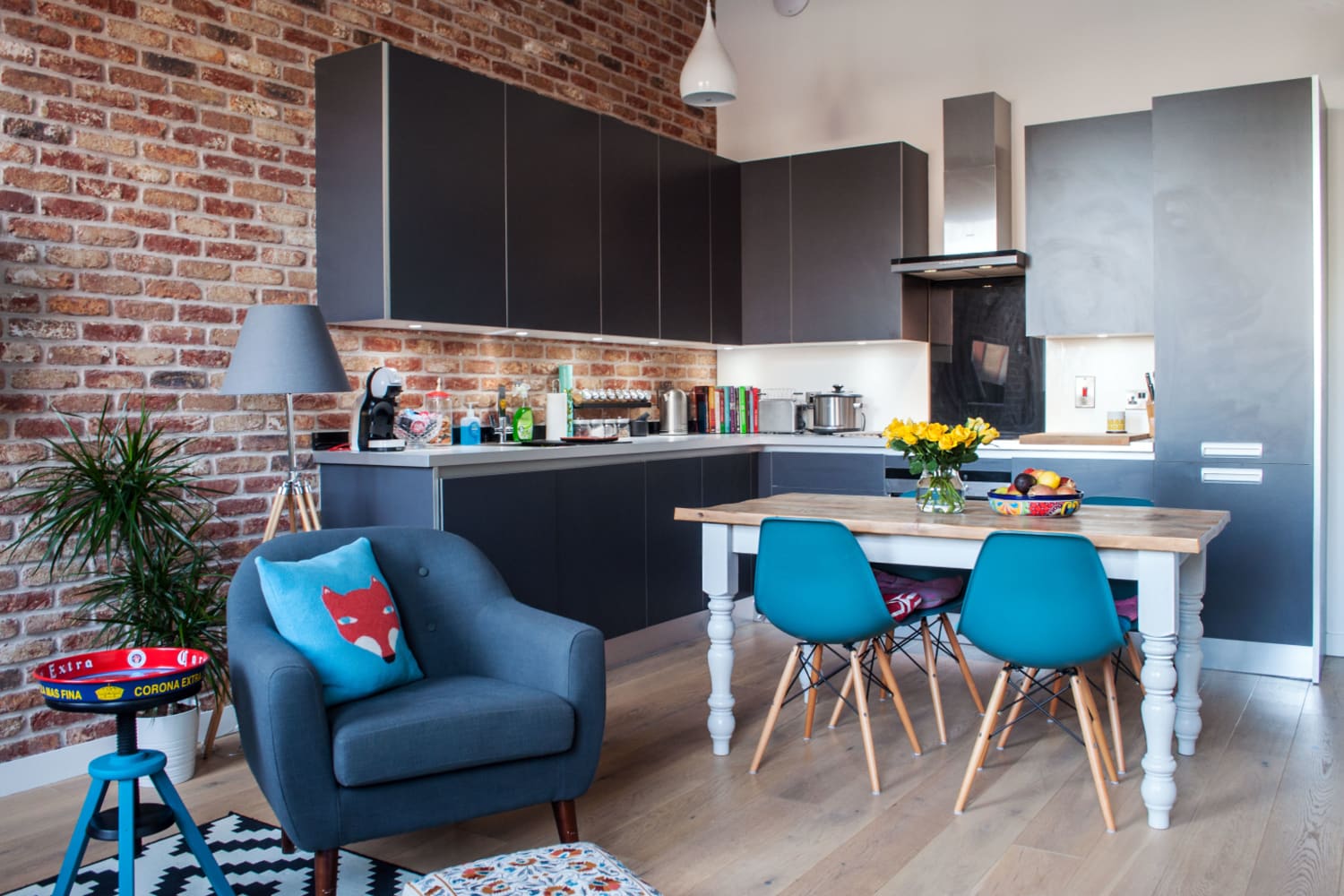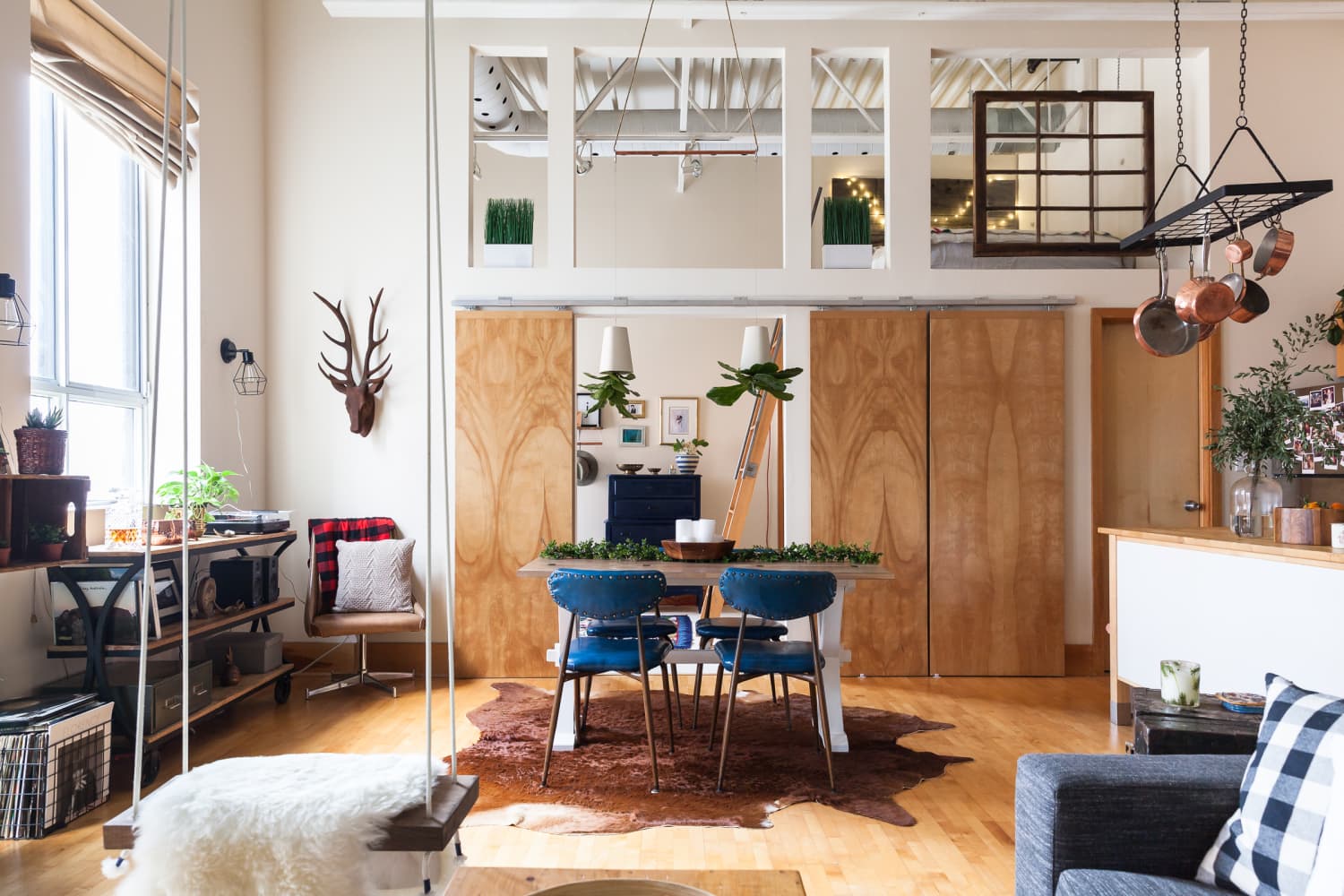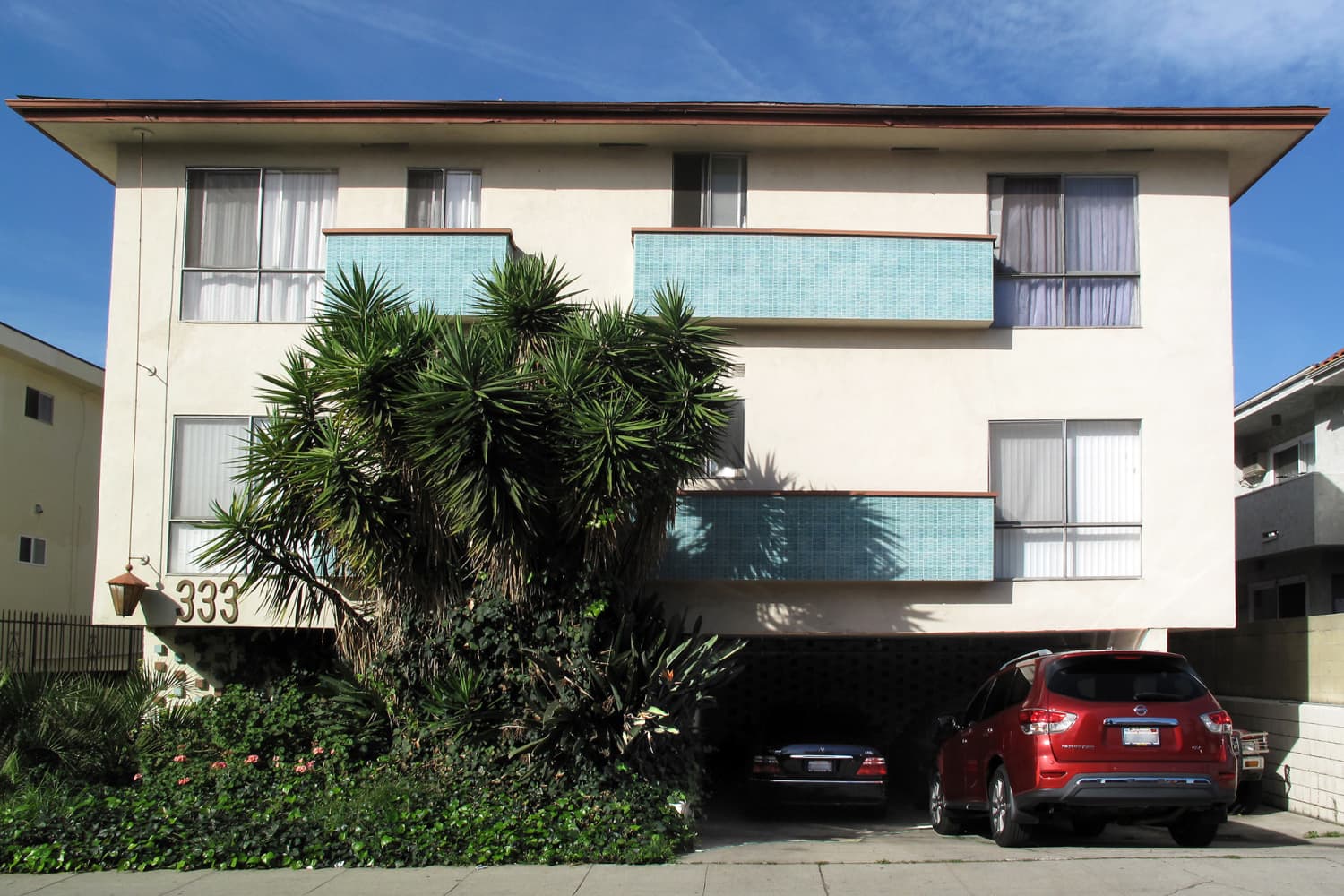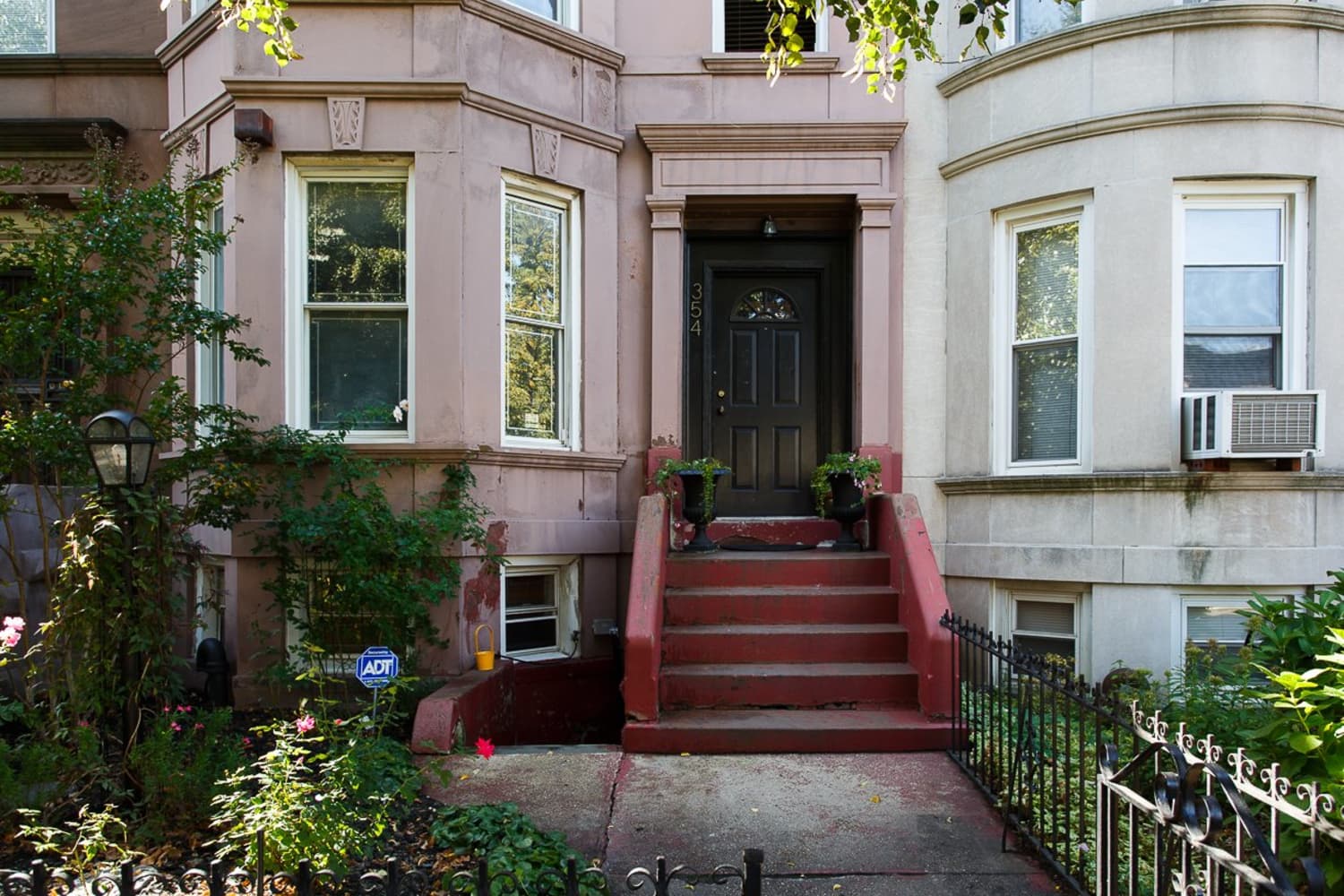This Is the Best Way to Save Money on Rent, According to a Leasing Agent
It’s no secret that the housing market is weathering a volatile time of supply limits and unprecedented inflation. Whether owning or renting — or trying to decide between the two — prices continue to climb. According to reports, the national average rent increased over 20 percent year over year in 2021. “Even with mortgage rates … Read more










